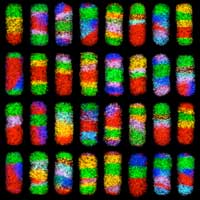 Using straightforward chemistry and a mix-and-match, modular strategy, researchers have developed a simple approach that could produce over 65,000 different types of complex nanoparticles, each containing up to six different materials and eight segments, with interfaces that could be exploited in electrical or optical applications.
Using straightforward chemistry and a mix-and-match, modular strategy, researchers have developed a simple approach that could produce over 65,000 different types of complex nanoparticles, each containing up to six different materials and eight segments, with interfaces that could be exploited in electrical or optical applications.
Thursday, January 23, 2020
A megalibrary of nanoparticles
 Using straightforward chemistry and a mix-and-match, modular strategy, researchers have developed a simple approach that could produce over 65,000 different types of complex nanoparticles, each containing up to six different materials and eight segments, with interfaces that could be exploited in electrical or optical applications.
Using straightforward chemistry and a mix-and-match, modular strategy, researchers have developed a simple approach that could produce over 65,000 different types of complex nanoparticles, each containing up to six different materials and eight segments, with interfaces that could be exploited in electrical or optical applications.
Tuning of Optical absorbance of graphene quantum dots by high magnetic fields
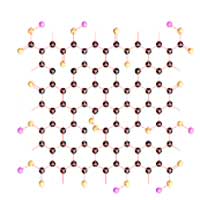 Scientists report the synthesis of graphene quantum dots under an external high magnetic field and their applications in photothermal therapy.
Scientists report the synthesis of graphene quantum dots under an external high magnetic field and their applications in photothermal therapy.
A new way to count and identify microscopic particles in fluids
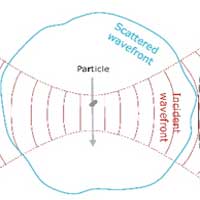 A new method is proposed to automate the measurement of nano- to microscale particles suspended in fluid. The single particle extinction and scattering (SPES) method can accurately determine the material properties and size distribution of individual particles.
A new method is proposed to automate the measurement of nano- to microscale particles suspended in fluid. The single particle extinction and scattering (SPES) method can accurately determine the material properties and size distribution of individual particles.
Predicting the degradation behavior of advanced medical devices
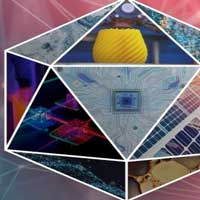 Thin film studies are suggested as a fast and reliable method to determine the degradation of complex biomacromolecules.
Thin film studies are suggested as a fast and reliable method to determine the degradation of complex biomacromolecules.
Well-designed substrates make large single crystal bi-/tri-layer graphene possible
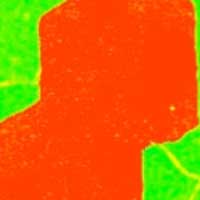 Researchers fabricate single crystal copper nickel alloy foils as substrates for the growth of multilayer graphene with specific stacking pattern, and unprecedented quality and size.
Researchers fabricate single crystal copper nickel alloy foils as substrates for the growth of multilayer graphene with specific stacking pattern, and unprecedented quality and size.
New nanotechnology books in January
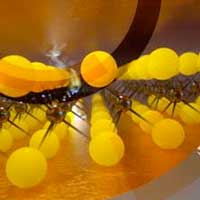 Here are some new books on nanotechnology topics that just got published.
Here are some new books on nanotechnology topics that just got published.
New liquid metal wearable pressure sensor created for health monitoring applications
 This technology is capable of sensitive, precise, and continuous measurement of physiological and physical signals and shows great potential for health monitoring applications and the early diagnosis of diseases.
This technology is capable of sensitive, precise, and continuous measurement of physiological and physical signals and shows great potential for health monitoring applications and the early diagnosis of diseases.
Ghostly particles detected in condensates of light and matter
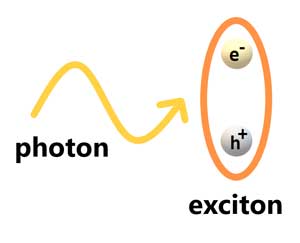 Scientists make first detection of 'ghost particles' from Bose-Einstein condensates made of light and matter.
Scientists make first detection of 'ghost particles' from Bose-Einstein condensates made of light and matter.
3D-printable nanocomposite opens an entirely new world of printable smart materials
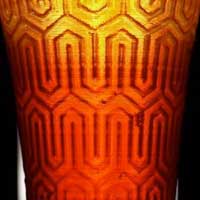 As 3D printing enters the mainstream, nanotechnology scientists are finding remarkable new ways to extend its future promise.
As 3D printing enters the mainstream, nanotechnology scientists are finding remarkable new ways to extend its future promise.
Subscribe to:
Comments (Atom)
